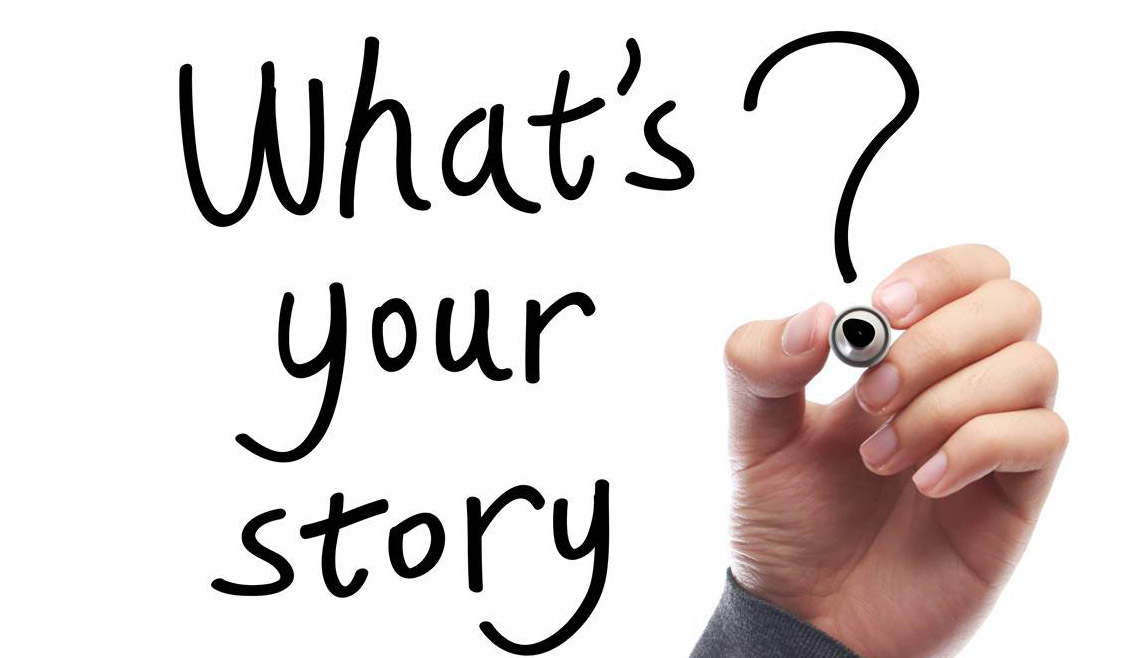Share-Your-Story
A tablet-based app designed for mental health professionals to assist clients in coping with trauma through digital storytelling
Role
Product Designer
Tasks
Product Conceptualization; Coding;
Storyboarding; User Persona; Rapid Prototyping
Format
Tablet-based app
Tools
StoryboardThat; Scratch; Adobe Illustrator
Problem
Traumatic experiences needn’t be anything big or intense, they can be simple instances that might happen in a child’s life which distorts his/her beliefs about him/herself and at the same time ruins his/her self-esteem. If the experience is not healed at the right time, then it can major negative repercussions in the future. Research has proven that storytelling is a great way to articulate one’s thoughts and emotions.
When a victim shares their personal experiences in the form of personal narrative, then it allows the healing process to begin and also helps them to develop a new perspective towards those events. As quoted by White & Epston (1990), “by re-telling one’s own stories — that is by using different kinds of imagery and exploring alternative ways of interpreting one’s reality — storytelling can provide a sense of hope, belonging, and meaning for people in light of traumatic experiences”.
According to APA (2017), Narrative Exposure Therapy (NET), a kind of cognitive-behavioral therapy that requires clients/victims to reconstruct their fragmented and traumatic memories into a clear, personalized story. This process helps to establish a coherent life narrative to contextualize traumatic experiences. But most of the time, it is difficult to use this therapy with children because they are unable to express themselves fully which hinders their process of recovery.
Solution
"Share-Your-Story" is an app designed for mental health professionals to assist in their therapy sessions. This will act as a scaffolding for young children so that they express the traumatic experiences in a way that is neither intimidating nor inhibits their narrative due to lack of verbal communication.


Target Audience
- Children in the age range of 4-15 years
- Mental health professionals can use this in combination with therapy sessions
- All racial, ethnic, and socioeconomic groups
- All genders
Learning Goals
- Narrate the different instances in the traumatic episode
- Build a coherent structure from the sub-events of the traumatic experience
- Express the emotions associated with the episode
Product Demonstration
User Persona

Christine, a 7-year-old girl experienced a traumatic experience in her school. She was subject to bullying and mocking from her classmates after which she couldn’t gather the courage to go back to school. Her academic grades and social relationships suffered because of this experience. Her mother decided to take her to a psychologist so that she could help Christine recover from the trauma.In the few initial sessions, the therapist tried to engage in verbal communication with the child so that she narrates the episode that happened in school. But Christine was pretty shy and was not able to share her experience. That is when the therapist started using this app on her tablet and together they constructed a story from the images chosen by her and simultaneously narrating everything that happened in school.
Storyboards
The following storyboards show how the app will be used by the therapist to probe the child so that her recovery plan can be initiated:
Digital Prototype
The entire story narrated by Christine has been presented to demonstrate how the app will be used by the therapist to assist the child in storytelling. Please access the prototype here.Theoretical Framework
Design decisions & product mechanisms have been informed by the following learning theories:
- Transformative Learning Theory
- Affective Learning Theory
For a detailed description of the project & references, please access the design document here.
Supervised by: Emily Reardon